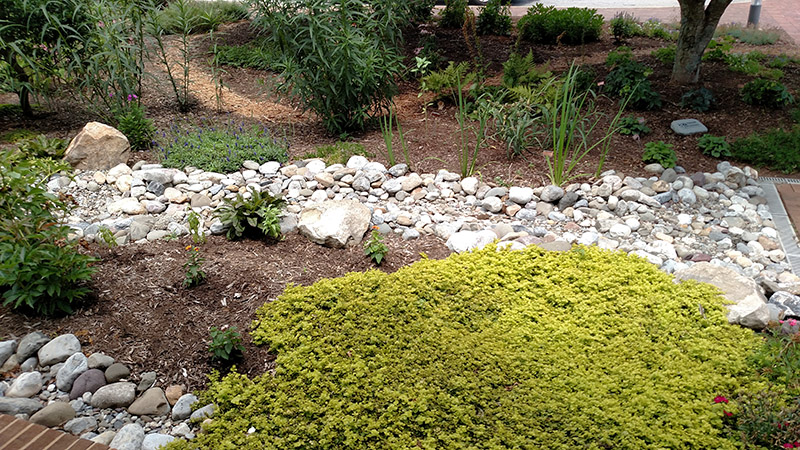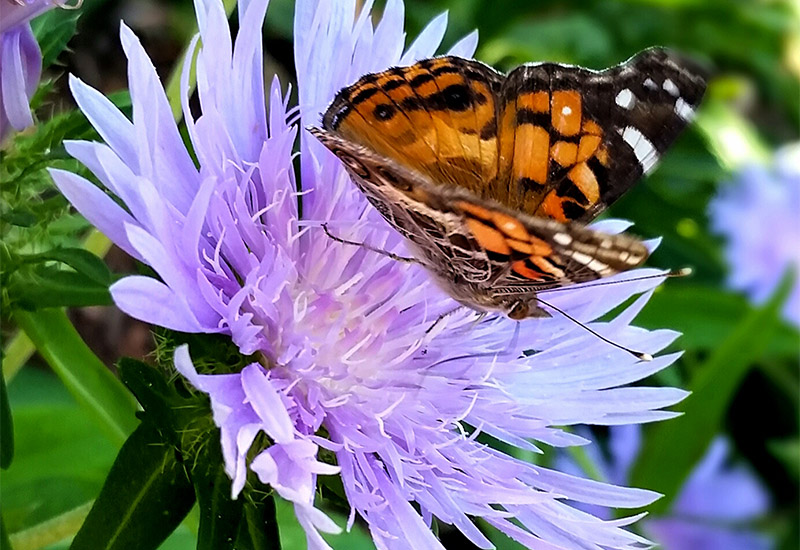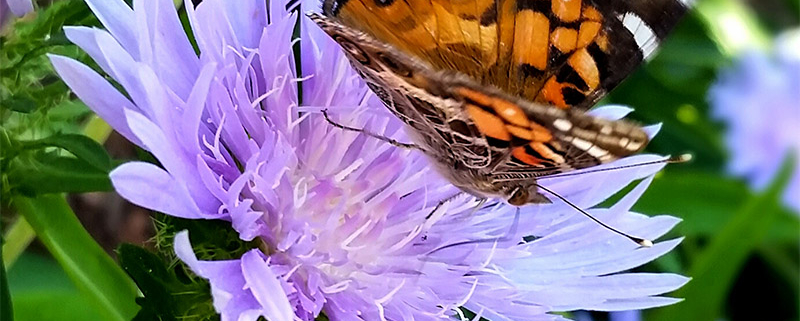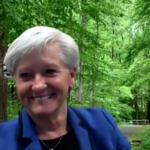Gardening: Help Local Wildlife with a Pollinator Garden
What is a Pollinator Garden?
A pollinator garden is a garden specifically crafted to benefit pollinating insects by giving them pollen and nectar. These gardens also give protection to pollinating insects by giving them a habitat for cold weather and a source of water. Also, these gardens can be beneficial for birds and small mammals as well, which also help with pollination.
Pollination is what makes plant life and biodiversity possible so supporting pollinator species is very important. Also, as insect populations are shrinking, including local butterfly populations as Cary Mayor Harold Weinbrecht laid out in a recent blog post, these insect populations need support now more than ever.

The pollinator garden at the Page-Walker Arts & History Center.
How To Build a Pollinator Garden
Cary has an example of a pollinator garden at the Page-Walker Arts and History Center and if you are in the area, you can check out that garden and learn about it.
At your home, to make a pollinator garden, you will not only need plants that provide nectar and pollen but many different kinds. Biodiversity is important but these will also provide different kinds of pollen and nectar. You should pick a minimum of 20 different kinds of plants for a good pollinator garden. These should also include flowers that bloom at night because nocturnal creatures such as moths and bats are good pollinators as well.
In general, you should look for plants with:
- large “landing pads” for bees, such as sunflowers or a black-eyed susan
- many small flowers, such as goldenrod, yarrow or lavender
- plants with hollow stems, such as coneflowers, elderberries or some types of grasses
Your goal should be to get plants that are native to North Carolina, as the local environment is better adapted to these. These plants should bloom at different types of the year so there is always something available to pollinators.
Also, avoid plants with double pedals. They are very popular and beautiful but they are hard for pollinators to access and do not provide much nectar.
Planning Your Pollinator Garden
Now that you have your plants, you need to establish your garden’s layout. This is important because it can help attract pollinators and give them a proper habitat. You can attract bees, butterflies and other pollinators by planting in clumps, rather than having individual plants by themselves. Make sure you plant in a sunny area as well.
Also, leave open space for pollinators to build nests. These can also be dead and hollowed-out trees and stumps, which serve as good natural nests. You can even help the process along by drilling holes into dead wood to give bees a place to nest. If you really want to make things comfortable for insects, you can create your own nectar by mixing water and table sugar or create a small wet patch and mix in salt or wood ash to create a salt lick for insects.
Finally, you can make a shallow pool of water with a dish or feeder to help feed mammals, birds and some insects. For birds, you can also put some rocks in the water to give them a perch. Just make sure to clean this watering hole regularly to prevent mold.

Story by staff reports. Photos by Michael Papich and Kris Carmichael.
All the Cary news every day since 2009. Subscribe.



